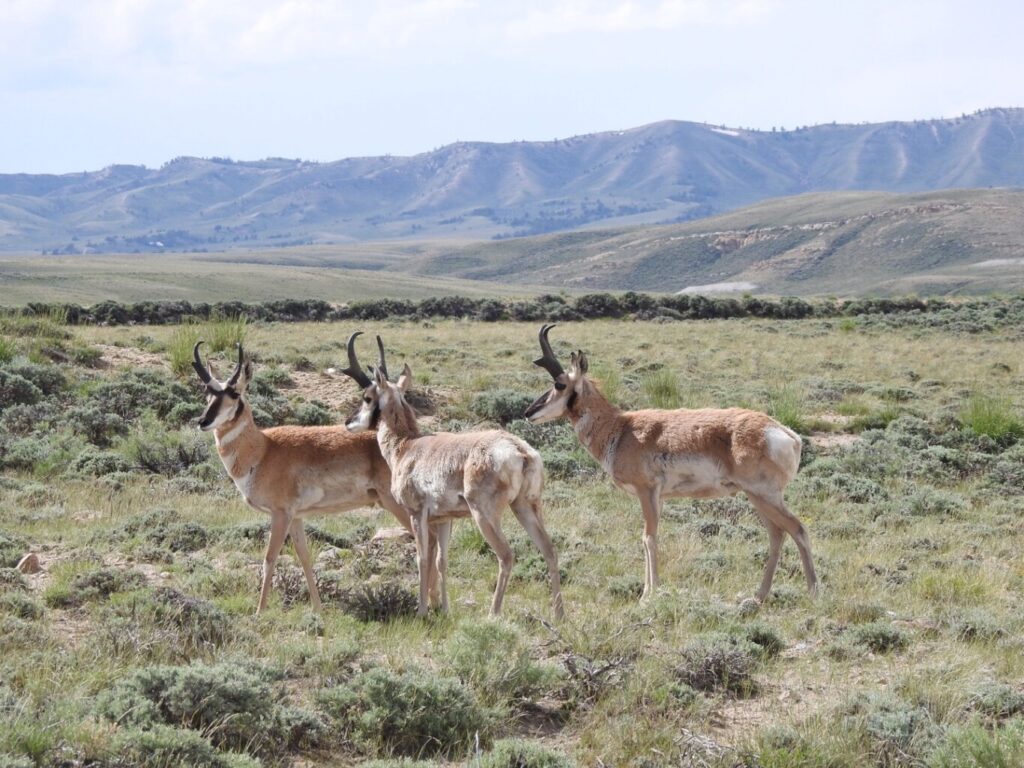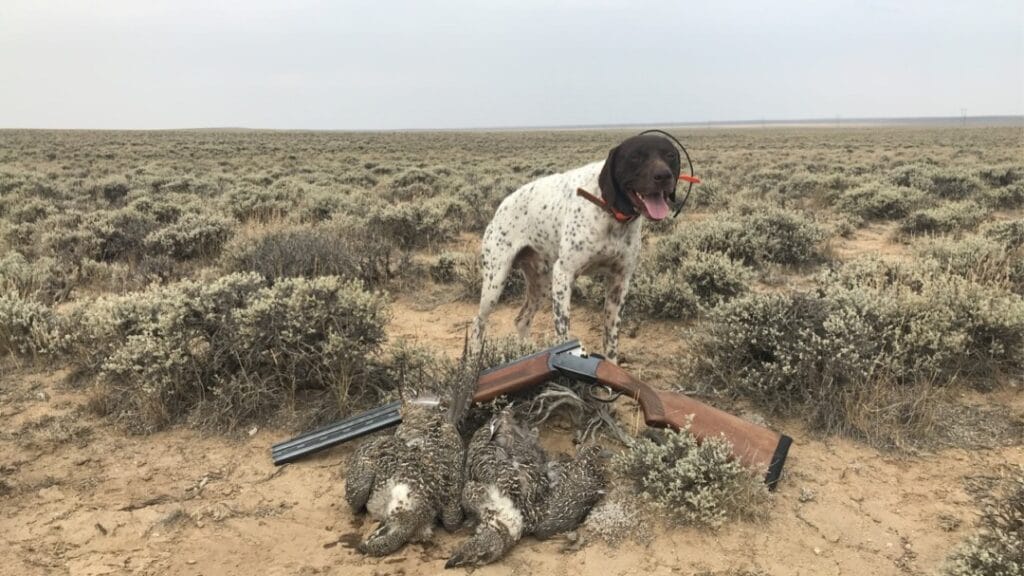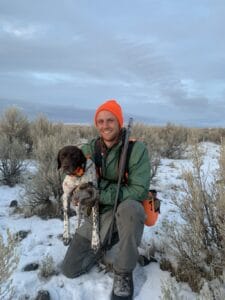Aldo Leopold, the father of wildlife management, once stated “(i)t is the part of wisdom never to revisit a wilderness, for the more golden the lily, the more certain that someone has gilded it. To return not only spoils a trip, but tarnishes a memory.”
Aside from being a very enjoyable read, Sand County Almanac (1937) also had much foresight. In the excerpt, the author was hunting with his brother on the untouched Colorado River Delta. Home to a plethora of wildlife species, Leopold was fearful the delta would eventually be tainted by man’s touch. He was correct. The system of dams in place along the Colorado has caused the delta to dry up and it is no longer occupied by the wildlife found there years ago.
As the modern world continues to expand, many of our wild spaces are beginning to shrink and disappear. Urban sprawl continues to consume our wild spaces. I have watched several of my hunting haunts consumed and replaced by housing developments and shopping centers. Rural to suburban to urban. Places that previously hosted a diversity of wildlife resources and recreational opportunities, now slabs of concrete. While this sort of “progress” is occurring nationwide, it appears, through my eyes, to occur at a slower pace in Wyoming. However, I know this is only an outsider’s perspective. The Cowboy State is facing its own set of sensitive conservation issues.
Lying in the heart of Wyoming is the Red Desert. This high-elevation desert offers a diverse array of landscapes, from vibrant badlands to life-supporting springs. This area is one of the largest strongholds of undeveloped land in the lower 48 states. Stretching roughly from Rock Springs to Rawlins to Lander, it offers millions of acres of prime habitat for charismatic wildlife species like pronghorn, sage-grouse, mule deer, and elk. This area of Wyoming provides habitat to the largest and most continuous sage-grouse population in the world. Additionally, the largest migratory herd of pronghorn AND the largest desert elk herd call the Red Desert home. To top it off, the longest mule deer migration route traverses through the heart of the Red Desert. Because this area is of utmost importance to these creatures, even the most minute changes must be carefully considered before they are implemented.

Despite its ecological value, development is a constant threat to the Red Desert. The region is rich in valuable resources like oil, natural gas, and minerals waiting to be extracted. Conservation organizations have fought relentlessly against these advances, highlighting the importance of the region to wildlife. Unfortunately, decisions of the modern world are made largely based on economic values, of which wildlife and beautiful vistas, aside from hunting, have little. Additionally, our public lands are multi-use lands and not wildlife preserves, meaning they allow a range of uses including natural resource extraction. These activities should be weighed out and excluded from areas of greatest sensitivity. Though wildlife does not have the same economic value as oil, gas, or minerals, its intrinsic value to society is substantial. It is not something that can be measured but is felt and experienced firsthand.
I still remember my first trip to the Red Desert. I felt lost, swallowed whole by the expanses of sagebrush. At first, it seemed empty and nondescript. Overwhelmed by the wildness of the region, I had not yet grasped just how special it was. But slowly, I became aware of the desert’s beauties. The cryptic wildlife mentioned before began to emerge from the sage sea. The sage itself came alive, its intoxicating fragrance drifting with the breeze. The desert’s features continued to magnify until finally, the desert had consumed me. Then I understood. I understood why this desolate region must be conserved. I spent the next 6 months swimming in the desert’s wonders, growing to appreciate it more and more each day.

I dreaded the day that I finally packed up camp and headed back to the development of the modern world. While its amenities provide comfort, much of society lacks a true sense of peace. A peace that only the beauty of wide-open places has to offer. Viewing pristine landscapes, like that of the Red Desert, can provide a welcomed calming sensation and refreshing new perspective. A sort of meditation. Apart from the paramount importance of these areas to wildlife, they hold a special place in the hearts of outdoors people, conservationists, and certainly mine.
Year after year, I return to the same Red Desert campsite, to reset my internal compass and clear my mind of its usual stressors. Each time I return, I am fearful that my old home will have met its fateful end. The sagebrush will be cleared, and the vital habitat and wildlife it supports will be spoiled. That instead, pump jacks will stipple that landscape and my pristine escape from chaos will be no more. But to my delight, the site and the surrounding ecosystem remains intact, untouched. As it should.
Leopold ends the excerpt from Sand County Almanac by stating “(m)an always kills the thing he loves, and so we the pioneers have killed our wilderness”. I pray that we never kill the Red Desert, because “(o)f what avail are forty freedoms without a blank spot on the map.”

About The Author:
Trey Johnson is a wildlife biologist and freelance writer native to Texas. For the past decade, he has traveled across the country working with numerous upland game birds, Wyoming sage-grouse being among the most notable. Still young, with much to learn about game bird ecology and management, Trey is currently pursuing a Ph.D. in Wildlife Science at Texas Tech University. His recent interest in creative writing was evoked by a desire to share his experiences with others. When he isn’t studying game birds in some capacity, he is in the field with his bird dog in search of the next flush.

